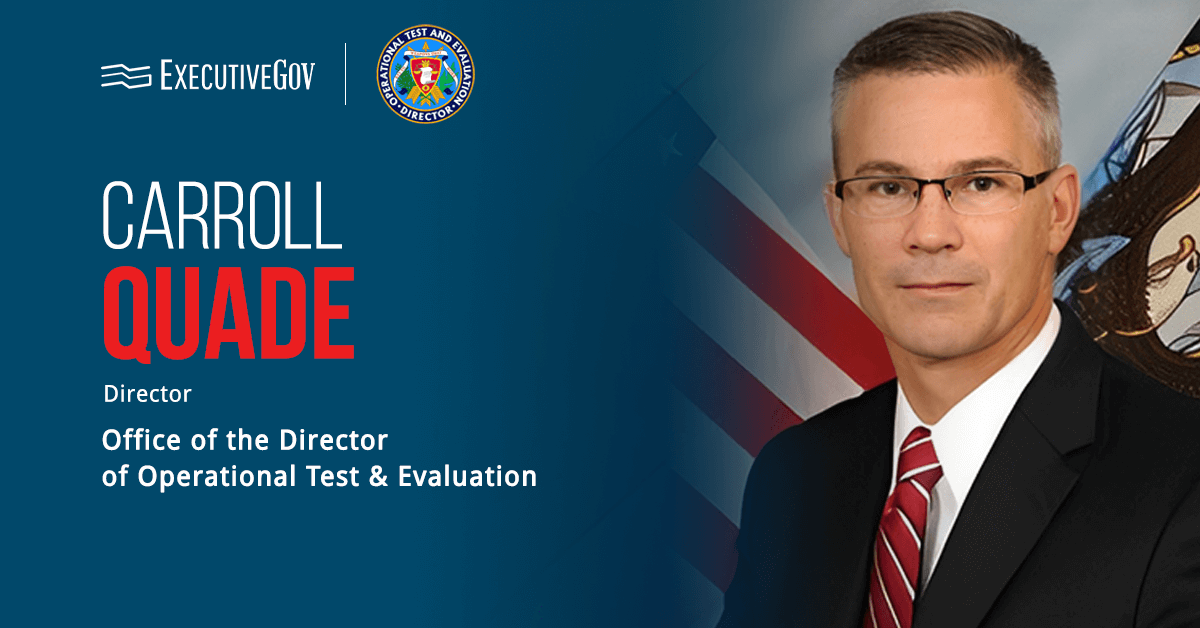A SpaceX Falcon 9 rocket launched the eighth Global Positioning System III space vehicle to orbit on Friday from Cape Canaveral Space Force Station under a National Security Space Launch contract with the U.S. Space Force, demonstrating the capability to deploy a satellite in three months.
The Space Vehicle-08 spacecraft, built by Lockheed Martin, is equipped with M-code technology to provide warfighters with GPS signals that are three times more accurate and eight times more resistant to jamming and spoofing than existing positioning, navigation and timing capabilities, the U.S. Space Force said.
 With the increasing sophistication of threats, the need for advanced defense capabilities in the air and space domains has never been more urgent. Join the Potomac Officers Club’s 2025 Air and Space Defense Summit to gain insights into the challenges and opportunities facing the air and space defense industry. Register here.
With the increasing sophistication of threats, the need for advanced defense capabilities in the air and space domains has never been more urgent. Join the Potomac Officers Club’s 2025 Air and Space Defense Summit to gain insights into the challenges and opportunities facing the air and space defense industry. Register here.
According to Lockheed, the satellite will enable accurate and resilient PNT capabilities for civilian and military applications in aviation, maritime, land transportation, and search and rescue operations.
The company’s Denver Launch and Checkout Operations Center holds operational control of SV08 until the satellite’s official acceptance into the current operational GPS network. Lockheed also plays a key role in the continuation and maintenance of the modernized GPS ground segment, known as the Architecture Evolution Plan, responsible for monitoring and controlling the GPS satellite constellation and providing navigation data to users. Recently, the defense contractor incorporated M-Code Early Use into the system to allow the U.S. military and allied troops to use a specialized, secure military communications signal worldwide.
Table of Contents
Rapid Launch Capability
Learning from the Rapid Response Trailblazer launch in December, wherein the GPS III SV07 satellite was lifted off in five months, the Space Force and industry teams were able to reduce the launch preparation timeline further.
The recent launch is in line with the Space Force’s goal of achieving a tactically responsive space capability, which would enable deploying assets to orbit within 24 hours after a request.
According to USSF Col. Andrew Menschner, SpOC MD 31 commander, the SV-08 mission showed the ability to respond to an operational need, such as an on-orbit vehicle failure within the GPS constellation.
Who Is the Satellite Named After?
SV-08 is nicknamed Ms. Creola Katherine Johnson, in recognition of the American mathematician whose groundbreaking calculations of orbital mechanics at NASA were instrumental to the success of early U.S. manned spaceflights.













